"ladies and gentleman I have the exact match of that sword . I tried to contact the show but got no answer ( I wonder why). I purchased the sword some 35 years ago in a roman flee market in Rome. I took it to the Metropolitan Museum of Modern Art to be examined buy the curator of the museum in new York .he said it wasn't a real roman sword that was possibly made for a Cecil B DeMille movie. I have it hanging on my wall where it will probably be for a long time. Like the man said that show is all show and no go. I am posting my email address I have nothing to hide all you suckers excuse me believers can contact me if you wish. 3/20/16"
"Sword is brass or bronze. I was told 40 years ago by the curator of the Metropolitan Museum of Modern Art the sword was possibly made for a movie. There is a cast mark on the back of the handle the sides also seem to be two pieces combined together. I bought the sword in Rome at a flee market. The sword might be a collectors item if you're into old movies."
At some point soon I'll create of a graphic depicting what I think is the most likely sequence of these things at this point. I'd lay it out like this:
- Earliest = Sword 21 (Type X);
- Type F = created by replacing the expanding section of a Type X sword with a straight blade, retaining a short "fullered" section near the hilt (Swords 3 and 8); available for purchase in Italy in the mid 1970's;
- Type K = created by cutting out the fullered blade section from a Type F, producing a sword with a straight, unfullered blade that still retains much of the detail of the earlier generations (Sword 17); available for purchase in Italy in the late 1970's and/or early 1980's;
- Type J = created by replacing the F/K blade with a shorter, cruder, blunt-edge blade (Sword 1, 2, 4, 6, etc.); available for purchase in Italy in the 1980's [there appear to be multiple variants within the "J" generation, perhaps including versions with longer/shorter blades];
- Type CS = created by replacing the blade of a "J" sword with a slightly shorter, less crude blade (Swords 7 and 12); available for purchase in Italy in the early 2000's;
- Type I = created as a cast iron version of a Type CS; manufactured since at least 2003.
There's more to it than this, but I think this is a reasonable working model of change in our beloved Fake Hercules Swords. I can tell you that more data will be forthcoming, and I hope to be able to examine more of the swords firsthand. I can't think of anything we know right now that falsifies this general sequence -- let me know if I've overlooked anything! I'll post the updated database after I estimate some measurements from the Sword 17 images.
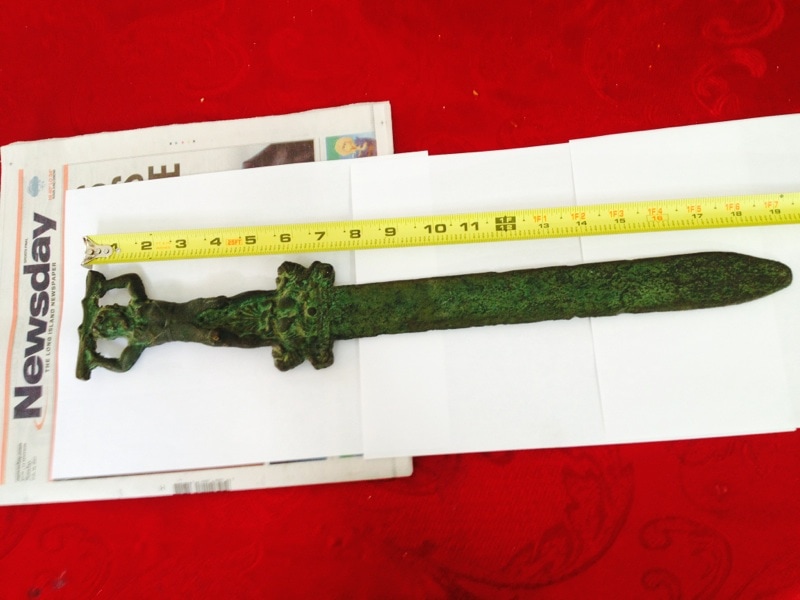
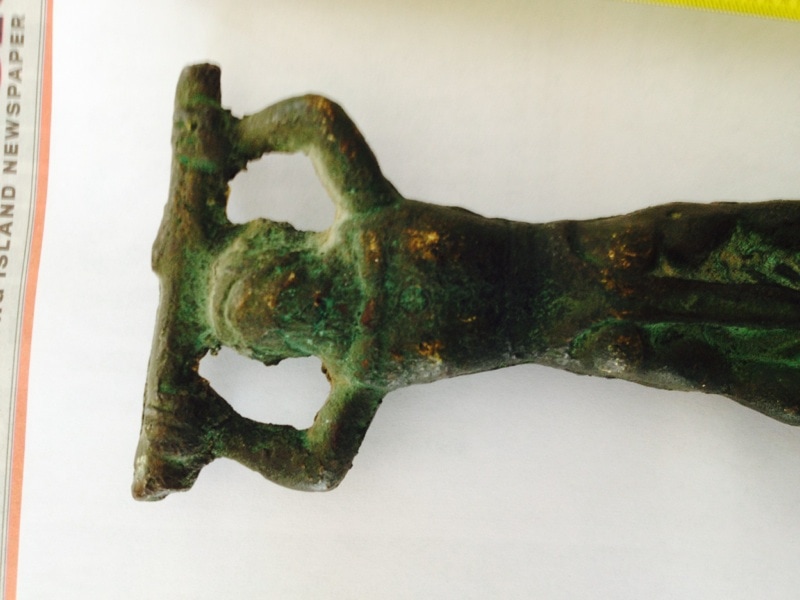
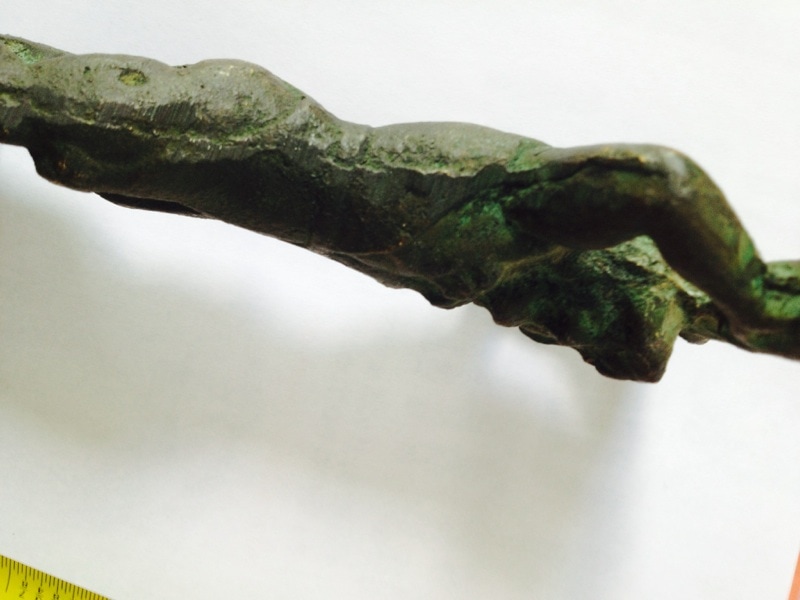
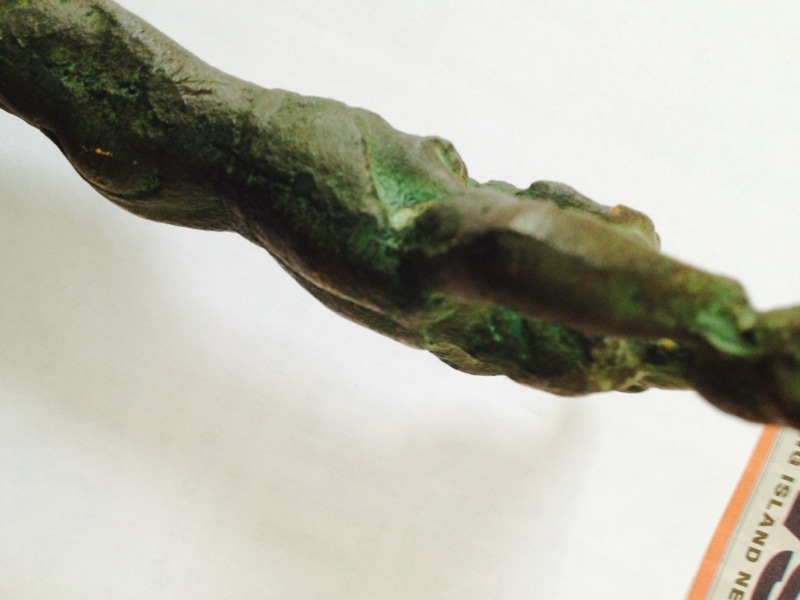
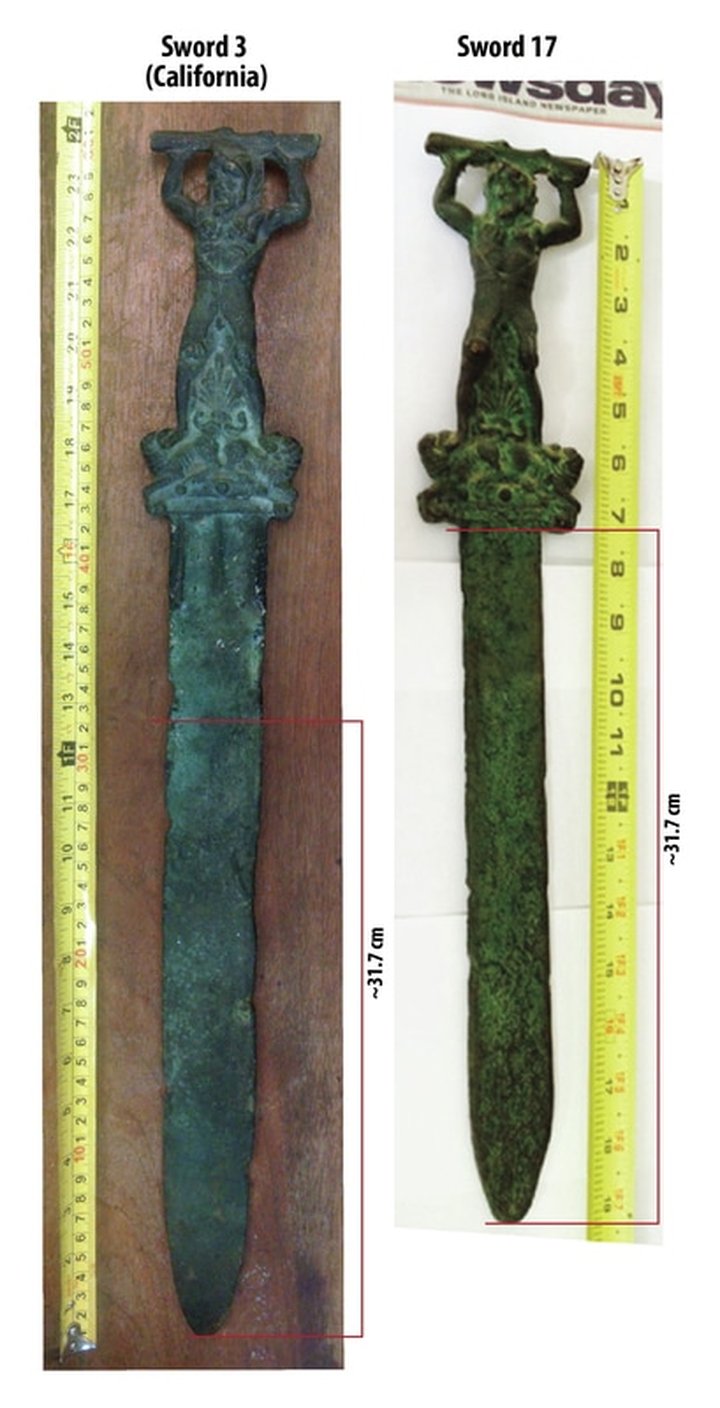


 RSS Feed
RSS Feed
